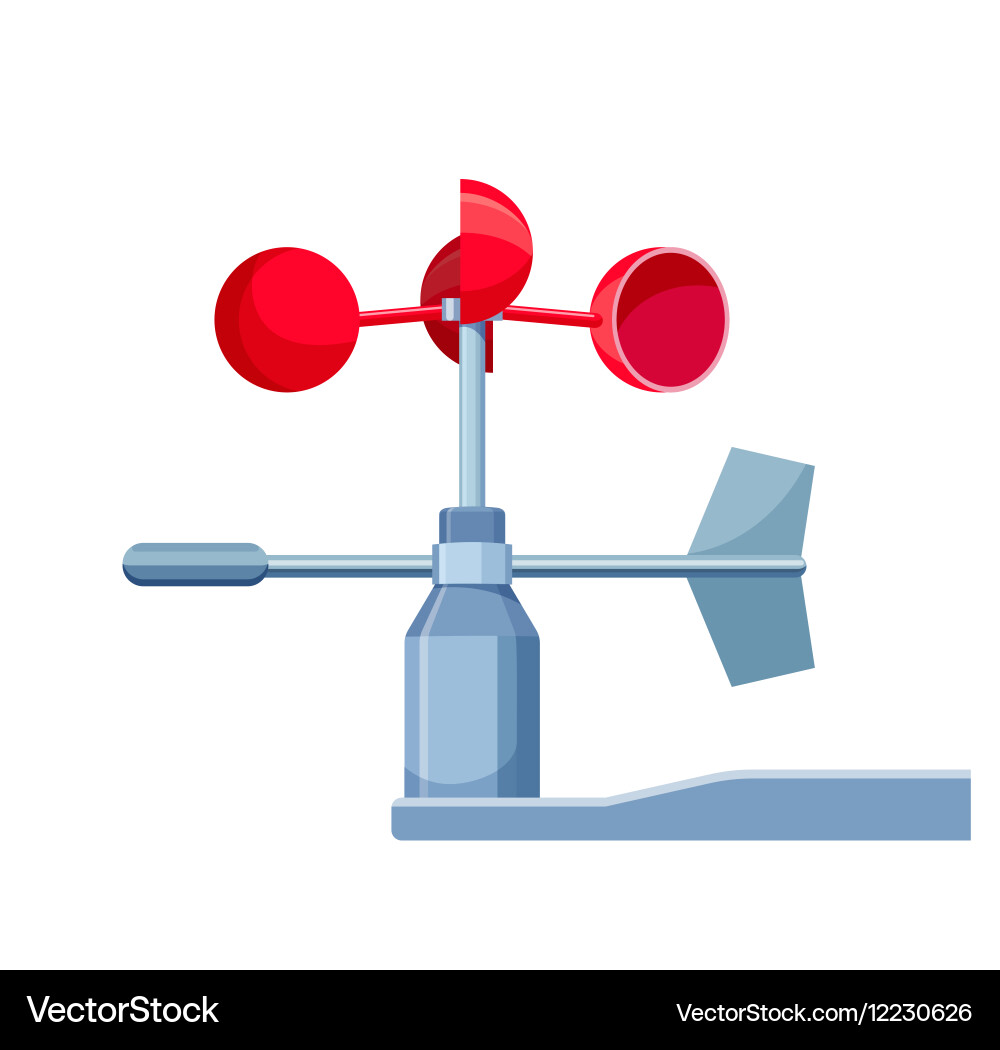Anemometers Introduced: Understanding Their Significance in Ecological Tracking and Precaution
The duty of anemometers in environmental tracking and precaution is frequently taken too lightly, yet their value is obvious. These instruments have a lengthy history rooted in scientific questions and technological innovations, developing to become essential devices in different fields. From weather forecasting to aeronautics safety and security, anemometers play an important role in offering precise information that informs decision-making processes and enhances general security. Understanding the intricacies of anemometers introduces a globe of vital insights that are fundamental to our understanding of the environment and the measures we take to guarantee safety and security.
History of Anemometers
The development of anemometers can be mapped back to the ancient worlds where fundamental wind gauging devices were very first made use of. These early wind measurement tools laid the structure for the development of extra innovative anemometers in time. Among the earliest well-known anemometers was the hemispherical cup anemometer created by Leon Battista Alberti in the 15th century. This design contained four hemispherical cups that collected wind power, giving a dimension of its strength based on the rate of turning.
Over the years, advancements in technology led to the development of more modern-day anemometers, consisting of ultrasonic anemometers and laser Doppler anemometers, offering boosted accuracy and performance in measuring wind rate and instructions. The history of anemometers showcases an amazing journey of technology and progression in the field of weather forecasting.
Kinds Of Anemometers
Throughout the area of weather forecasting, different types of anemometers have been established to precisely determine wind speed and direction. Sonic anemometers make use of ultrasonic signals to measure wind speed and direction accurately. Hot-wire anemometers operate based on the concept that the cooling effect of wind on a heated cord is symmetrical to the wind speed.
Applications in Weather Forecasting
Having gone over the various sorts of anemometers made use of in meteorology for measuring wind speed and direction, it is important to discover their sensible applications in the field. Anemometers play an important duty in meteorology by supplying real-time and accurate information on wind problems (anemometer). Meteorologists utilize anemometers to keep track of wind speed and direction to anticipate weather condition patterns, problem warnings for extreme climate events like storms, hurricanes, and typhoons, and assess atmospheric conditions for air travel security
In meteorology, anemometers aid in understanding neighborhood and local wind patterns, which investigate this site are important for predicting weather condition adjustments and identifying climatic trends. These gadgets are also used in research study to study microclimates, urban warmth islands, and air contamination diffusion. Additionally, anemometers are utilized in farming to optimize crop administration methods, such as irrigation and pesticide application, based on wind problems.
Importance in Aviation Security
An important aspect of guaranteeing air travel safety and security hinges on the careful monitoring of wind conditions making use of anemometers. Anemometers play a critical role in aeronautics by giving real-time data on wind speed and instructions, helping pilots in making notified decisions during touchdown, liftoff, and trip. Strong and uncertain winds can considerably influence airplane procedures, making it necessary for aeronautics authorities to depend on exact wind dimensions to make sure the safety and security of passengers and team.

In the dynamic environment of aeronautics, where also minor modifications in wind rate and direction can have profound impacts, anemometers stand as important tools for promoting secure and important source protected flight.
Role in Environmental Study
Anemometers play a critical function in ecological research study by offering important data on wind speed and instructions. By properly determining wind attributes, anemometers assist scientists assess the movement of contaminants in the air, analyze the effect of commercial exhausts, and predict the spread of contaminants in the setting.


Final Thought
Finally, anemometers have actually played a critical role in environmental surveillance and safety actions. With a rich history and different types available, these devices have actually been extensively utilized in meteorology, air travel safety and security, and ecological study. Recognizing the relevance of anemometers is necessary for properly measuring wind speed and direction, which is crucial for forecasting climate patterns, guaranteeing risk-free aviation procedures, and performing environmental research studies - anemometer. Their payments to these fields can not be taken too lightly.
One of the earliest recognized anemometers was the hemispherical mug anemometer developed by Leon Battista Alberti in the 15th century. Over the years, innovations in modern technology led to the advancement of even more modern-day anemometers, including ultrasonic anemometers and laser Doppler anemometers, supplying enhanced accuracy and performance in gauging wind speed and instructions. Hot-wire anemometers operate based on the concept that the cooling impact of wind on a heated wire is symmetrical to the wind rate. Meteorologists make use of anemometers to keep an eye on wind rate and instructions to forecast weather patterns, concern warnings for extreme weather condition events like cyclones, tornadoes, and tornados, and useful link evaluate climatic conditions for aviation safety.
Understanding the significance of anemometers is vital for properly gauging wind rate and instructions, which is vital for predicting weather patterns, making certain secure air travel procedures, and performing environmental studies. (anemometer)